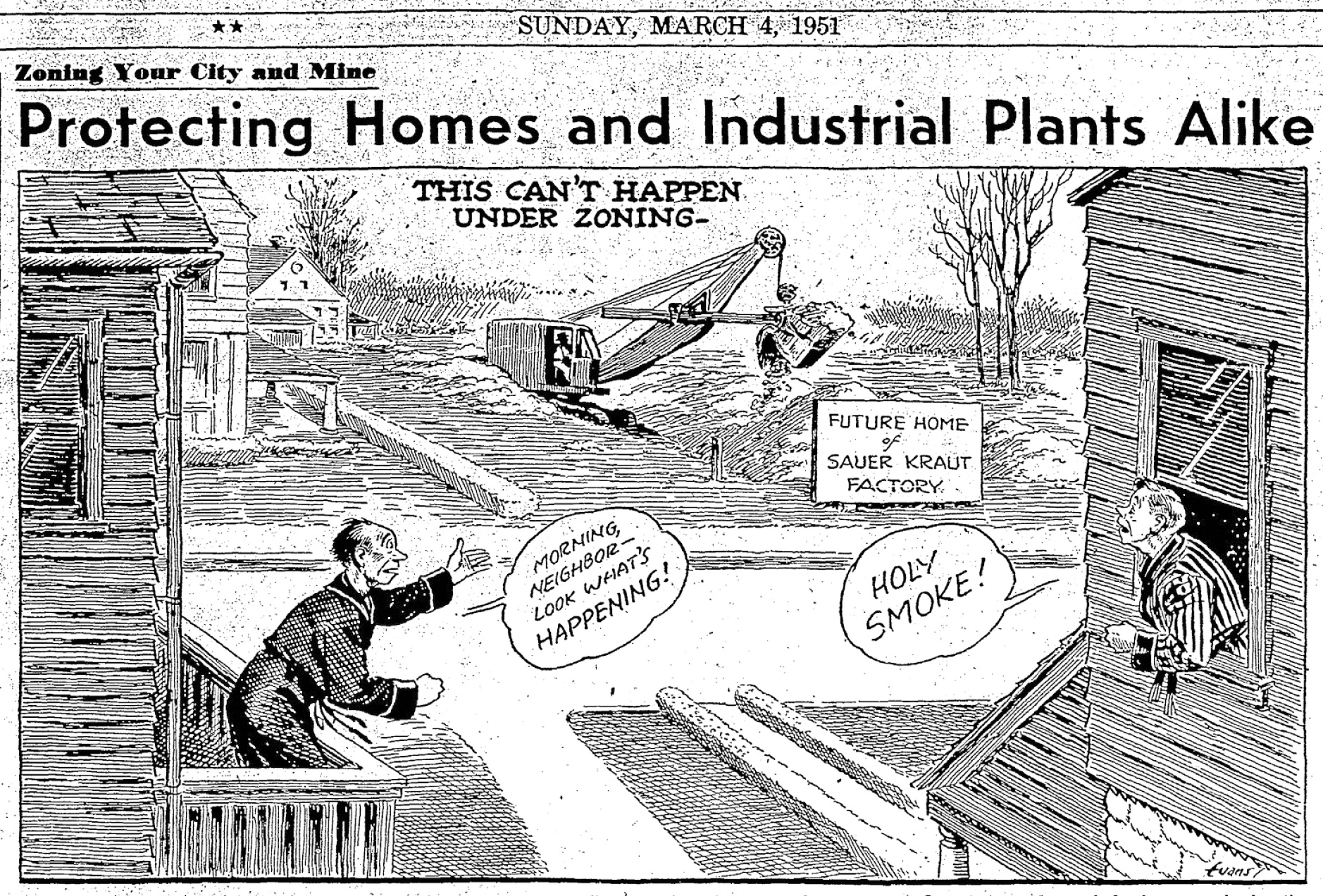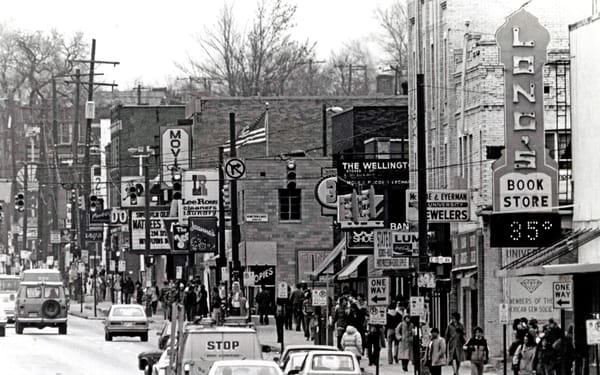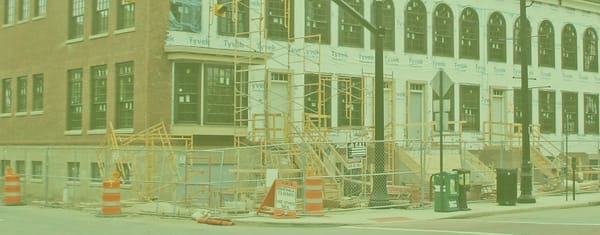🗞️ Phase One of 'Zone In' heads to council
Plus news + ghosts of zoning past 👻

Council to vote on first phase of ‘Zone In’
When: Monday, July 29 at 5pm
Where: Council Chambers, City Hall, 90 W. Broad Street
Columbus City Council is set to vote on the first phase of ‘Zone In’ on Monday evening, including changes to the proposal based on public feedback. Let council know your thoughts by emailing them before the meeting.

The ongoing re-examination of local zoning and land use policy is a warranted use of city time and resources, as well as the time of the thousands of citizens who have participated in the years-long public process.
While there is a wide range of potential policy pathways that could help to increase the pace of housing construction, considering the magnitude of the problem, measurable progress will likely require an all-of-the-above strategy that supports housing of all shapes and sizes across the full income spectrum.
We cannot (politically) subsidize our way out of a housing crisis.
Consider the market for cars. Nobody argues the auto industry shouldn’t produce new cars, even though the average price of a new car in the U.S. is $47,338. That’s higher than the median household income of 91 out of the 221 census tracts within Columbus city limits. Just because hundreds of thousands of households can’t afford a new car doesn’t mean we should stop producing new cars. Building new housing, similarly, is a necessary component of achieving housing stability.
An important caveat to this comparison is that most cars depreciate in value, while most housing assets appreciate in value. This feature of housing makes it more attractive to horde, a collective behavior which impedes the theoretical filtering process. For the most part, cars are important for their use value rather than their exchange value. What would happen to housing affordability if homes became primarily a place to live rather than a lucrative investment?
In tandem with other measures to make housing more secure and affordable, Columbus residents should support this zoning reform.
Simultaneously, concerned citizens should also advocate for Congress to take action by increasing funding for the Low Income Housing Tax Credit and expanding housing choice vouchers. Local zoning regulations are just one piece of a complex housing affordability puzzle, but it’s a key one that must be in place to welcome future residents into our city.
Did citizens in the 1950s have input on our current zoning rules?

Public engagement, input, and outreach is not mentioned in articles that discuss the zoning update process of the 1950s.
By the mid-1940s, city leaders began discussing the need to update the 1923 zoning code and map. Zoning was framed as a way to safeguard a property owner’s investment by controlling what kinds of uses could be permitted on nearby parcels.
While the idea of an unannounced sauerkraut factory opening next door would be rather alarming (or yummy), the practical effect of zoning was to establish single-family zones as the most-protected and revered land use at the expense of multi-family housing which would be more affordable and accessible for lower-income groups. The claimed intent of separation of inharmonious uses was a strategic way to segregate neighborhoods by income level.
🗞️ The Internet’s Hottest Housing Hyperlinks 🏘
Local + Regional 🌳
Problem properties: Columbus' top code-violating landlords
8 July 2024, The Columbus Dispatch“Many of the city's biggest code violators are out-of-town corporations that own large complexes across the nation such as Apex and Paxe Latitude (which the city believes share ownership), as well as Millennia and Odin Properties of Philadelphia.”
"The supply-demand imbalance is so great now that I think it serves as a disincentive for landlords to invest in the maintenance of their properties," said Ben Horne, a legal aid attorney who specializes in housing cases. "They know if the tenant moves out, they'll get a new one."
Some suburbs joining Columbus in rezoning to fight housing crisis - others, not so much
1 July 2024, The Columbus DispatchThe Punch List: Central Ohio suburbs take control of development through property acquisition
9 July 2024, Columbus Business FirstZoning into the Future: Overhaul of Columbus Zoning Code Will Bring Big Changes
16 July 2024, Columbus UndergroundLandlords of problem Columbus properties could be on the hook for tenants' relocation costs
16 July 2024, The Columbus DispatchOpinion: Columbus can't afford to be locked into another 70 years of stagnation. Zoned In needed.
18 July 2024, The Columbus DispatchNationwide Realty's Grandview Yard to get 385 more apartments in S-shaped building
22 July 2024, The Columbus DispatchColumbus tweaks proposed zoning code in anticipation of final vote
22 July 2024, The Columbus Dispatch
Columbus City Council urged to extend comment period on Zone In, but final vote set Monday
25 July 2024, The Columbus DispatchOpinion: There must always be room for one more in Columbus. Zone In key to future.
26 July 2024, The Columbus DispatchOpinion: Zone In is one of many steps in the right direction needed to address housing crisis
26 July 2024, The Columbus Dispatch
National 🇺🇸
- The American Elevator Explains Why Housing Costs Have Skyrocketed
8 July 2024, The New York Times - Top 10 Tips for Cities Considering Pre-Approved Housing Plans
11 July 2024, Planetizen - States, cities consider ‘mansion taxes’ to fund affordable housing
12 July 2024, Route Fifty - President Biden Announces Major New Actions to Lower Housing Costs by Limiting Rent Increases and Building More Homes
16 July 2024, The White House (press release) - Top RealPage-linked Corporate Landlords See Profits Soar Amid Rent Hikes and Fees
12 June 2024, Accountable.us - Corporate landlords' actions affect tenants' health, report says
15 July 2024, NBC




